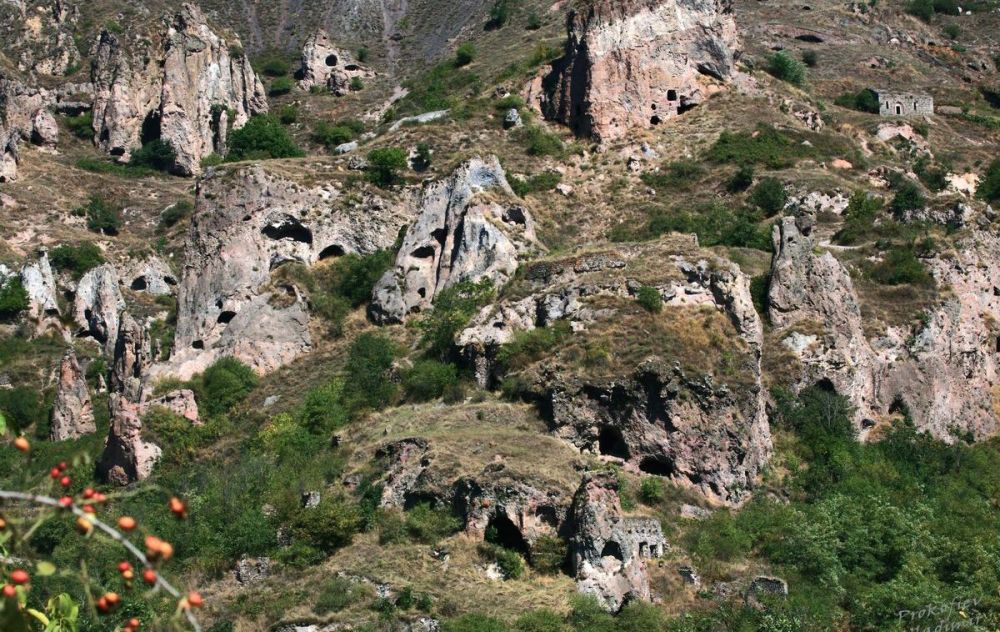

The Khndzoresk Cave Village, nestled in the rugged terrain near the town of Goris in Armenia, is an intriguing historical site that beckons travelers from around the world. Famed for its intricate network of caves, ancient dwellings, and stunning natural beauty, this area has a rich history that is closely tied to the development of tourism in the region.
Khndzoresk is known for its history that dates back to the Bronze Age. The caves served as natural shelters and later as man-made dwellings, which provided safety and solace for the local populace over the centuries. During medieval times, it became a thriving cave community, and at its peak, it was one of the largest villages in Eastern Armenia.
The village played an important role during the Armenian liberation movement in the 18th and 19th centuries. Its strategic location and the protection offered by the caves made it a fortress of rebellion against foreign rule. Throughout these periods, farmers and herders inhabited the caves, living a rural lifestyle that remained relatively unchanged until the 20th century.
With the fall of the Soviet Union and Armenia regaining independence in 1991, the nation steadily began to open up to tourists. Khndzoresk's historical and cultural significance, along with its extraordinary landscape, made it a place of interest for both local and international visitors. The site has slowly gained recognition, adding to the allure of Armenia's rich tapestry of attractions.
Visitors to Khndzoresk Cave Village are drawn to its ancient dwellings, which were inhabited until the 1950s. The labyrinthine network of caves, some of which are interconnected, provides a glimpse into a life that once was. The Suspended Swing Bridge, a 160-meter-long bridge suspended across a gorge, offers a modern thrill and connects the old village with the new village of Khndzoresk.
The area is surrounded by verdant hillsides, rocky mountains, and deep gorges, making it a perfect spot for hiking, photography, and outdoor exploration. Not to mention, the village is also home to the St. Hripsime church, which dates back to the 17th century and adds a spiritual dimension to the journey.
In recent years, there has been an increased focus on eco-tourism and sustainable travel. The tourism strategy in Khndzoresk and Armenia, in general, emphasizes preserving cultural heritage while providing tourists with authentic experiences. Homestays, local guides, and cultural tours have become popular, providing visitors with an immersive experience and contributing to the local economy.
With every passing year, Khndzoresk is becoming a more prominent feature on the Armenian tourism map, attracting adventurers and history enthusiasts alike. While embracing modern tourism trends, Khndzoresk remains a testament to Armenia's resilient spirit and rich historical legacy.